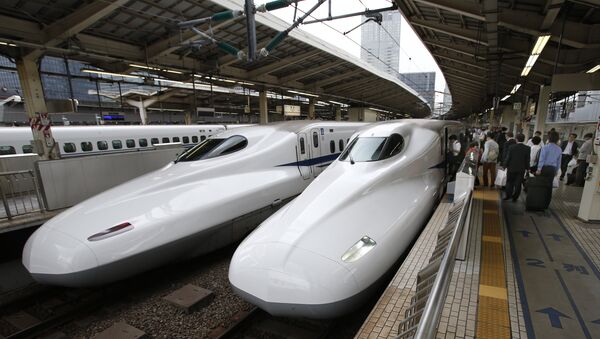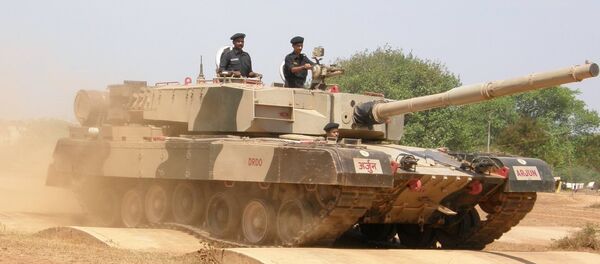Lacking financial resources and even the basic head-hardened rail, the Modi government is looking at several countries to supply the rail, including model and rival China.
Indian Railways is expected to issue a global tender for procurement of head-hardened rails in the next few weeks. These rails will be used to modernize Asia's oldest rail tracks that have seen 11 railway accidents, eight of them because of derailment, in the last year. Despite being third in global steel production, India lacks the technology to make head-hardened steel.
The Railways need more than $140 billion in the next five years for modernizing rail networks. Railway Minister Suresh Prabhu and finance ministry officials have spent a substantial bit of time over the last two years in luring global investors to invest in Indian Railways.
In a recent visit to the UAE, Prabhu invited the Emirates to invest in infrastructure development in India, including the Railways. "Of the $140 billion we will be investing over the next five years, the majority will go towards India's modernization efforts, the introduction of new technologies, and increasing capacities. We have requested that the government of the UAE look at the huge potential for investment that lies in Indian infrastructure, particularly in the railways," said Prabhu.
As for the bullet train, the Indian government has managed to get $15 billion from Japan to build a 508-km high speed track at a very cheap rate but when the project will take off is still intriguing middle-class Indians. This is so since $15 billion is close to one percent of India's $2 trillion gross domestic income.
The Indian Railways carry more than 23 million people daily on aging tracks with an average speed of 54 kmph.




